Current NASA Activities
NASA’s Planetary Science Division (PSD) supports research through a variety of mechanisms, including spacecraft missions, developing new technologies, support for research infrastructure, data archives, and grants to individual scientists.
Large-Class Spacecraft Missions
Large, or flagship, spacecraft missions are selected by NASA to fill specific strategic needs. Decadal surveys play a key role in defining the science case for the initiation of new flagship missions. Such multi-billion-dollar spacecraft can take one to two decades to progress from a concept to launch and operation. Only one such mission is typically in development at any one time. PSD is exceptionally fortunate to have two such missions—Europa Clipper and Mars Sample Return—currently under development.

EUROPA CLIPPER
The second-highest-priority large mission identified in the decadal survey published in 2012 was an orbiter to conduct a detailed survey of the surface and interior of Europa (Figure 6). Its goals are to confirm the presence of a subsurface ocean and take the first steps in understanding the biological potential of ocean worlds.
Clipper will be placed in an eccentric orbit about Jupiter and perform dozens of close flybys of Europa, some skimming the surface at an altitude of only 35 km. Multiple flybys minimize the time the spacecraft spends in the intense jovian radiation environment in which Europa is immersed.
Scheduled for launch in 2024, Clipper will enter orbit around Jupiter in 2030. Clipper will not be alone. The European Space Agency launched its Jupiter Icy Moons Explorer (JUICE) in April 2023. JUICE will go into orbit around Jupiter in 2031 and perform flybys of Europa and Callisto before entering orbit about Ganymede.
MARS SAMPLE RETURN
The highest-priority large mission identified in the 2012 decadal survey was the collection of martian samples for return to Earth. The measurements possible in laboratories on Earth
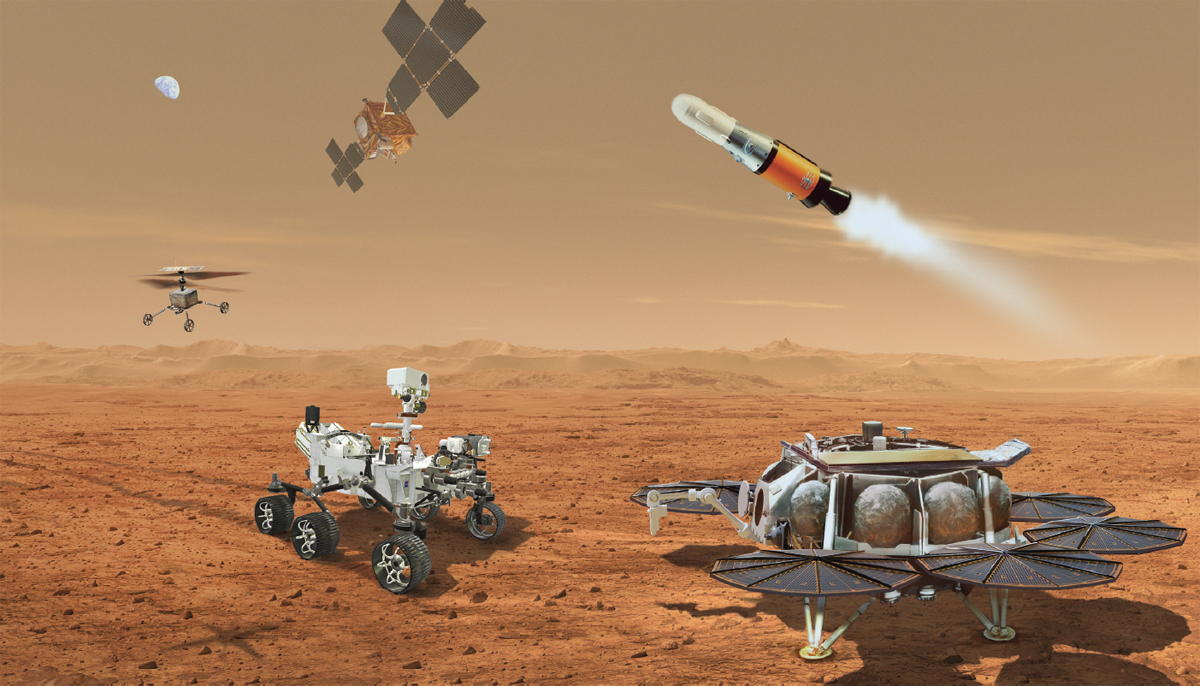
far exceed those that can be undertaken aboard a spacecraft. Plus, sample return will allow for future analyses by instruments and techniques not yet developed.
Since 2021, Perseverance (Figure 7) has been collecting samples in Jezero crater—a former lake basin with a system of feeder channels carved into terrain more than 3.7 billion years old. Distinct types of sedimentary, igneous, water-altered, and impact-formed rocks accessible in this region will provide a geological record of a time interval particularly important for understanding Mars’s environmental evolution and, potentially, its biology.
The current decadal survey reiterated the scientific importance of Mars Sample Return; noted its fundamental strategic importance to NASA, to U.S. leadership in planetary science, and to international cooperation; and endorsed the completion of the campaign as currently planned as soon as is practically possible.
Small- and Medium-Class Spacecraft Missions
Smaller-scale mission are proposed as complete packages by an individual team led by a principal investigator (PI). PSD operates two such programs: the small-class Discovery and the medium-class New Frontiers (see Tables 1 and 2). Every 2–4 years, NASA initiates a competition for the next Discovery mission. Individual teams of scientists and engineers from universities, research institutes, industry, and federal laboratories submit proposals and, following an in-depth review, one or sometimes two are selected for flight. New Frontiers missions are selected via a similar process about every 5–7 years.
DISCOVERY PROGRAM
In 1992, NASA initiated the Discovery program of small planetary missions. Its relatively low cost and development schedule was designed to give frequent access to space and give researchers the flexibility to address new scientific discoveries on timescales significantly less than the multi-decade timeline for the development of flagship missions. Since the program’s inception, 15 missions have been selected for flight, and 10 have successfully completed their activities—including Mars and asteroid landers; Mercury, asteroid, and Moon orbiters; comet flybys; and an exoplanet search telescope. Table 1 summarizes the current status of recent and future Discovery missions.
TABLE 1 Recent and Future Discovery Missions
| Year Selection Competition Initiated | Name of Selected Mission | Launch Date | Current Status | Description |
|---|---|---|---|---|
| 2010 | InSighta | May 5, 2018 | Completed | Mars geophysical lander |
| 2014 | Lucy | October 16, 2021 | En route to first flyby | Trojan asteroid tour |
| 2014 | Psyche | October 2023 | Preparing for launch | Orbital exploration of the metallic asteroid Psyche |
| 2018 | DAVINCIb | June 2029 | In development | Venus atmospheric entry probe |
| 2018 | VERITASc | No earlier than 2031 | Development currently on hold | Venus’s radar-mapping orbiter |
| 2024–2025(?) | To be determined | Early 2030s(?) | n/a | n/a |
a Interior Exploration Using Seismic Investigations, Geodesy, and Heat Transport; b Deep Atmosphere of Venus Investigation of Noble Gases, Chemistry, and Imaging; c Venus Emissivity, Radio Science, InSAR, Topography, and Spectroscopy.
TABLE 2 Status of New Frontiers Missions
| Year Selection Competition Began | Name of Mission Selected | Launch Date | Current Status | Description |
|---|---|---|---|---|
| 2001 | New Horizons | January 19, 2006 | In extended operation as it traverses the Kuiper belt | Flyby mission: Jupiter system in 2007, Pluto and its moons in 2015, and small Kuiper belt object Arrokoth in 2019 |
| 2003 | Juno | August 5, 2011 | In extended operation about Jupiter | Jupiter Orbiter: Mapping gravitational and magnetic fields, probing atmosphere, and limited observations of the Galilean satellites since 2016 |
| 2009 | OSIRISRExa | September 8, 2016 | En route for Earth return September 2023 | Sample return: Arrived at asteroid Bennu in 2018, collected samples in 2020, and, following 2023 Earth return, to be redirected to and rendezvous with the asteroid Apophis in 2029 |
| 2016 | Dragonfly | June 2027 | In development | Titan rotorcraft: Arrive at Titan in 2034 and spend 32 months studying the chemical and physical properties of surface and atmosphere |
| 2026(?) | n/a | Early 2030s(?) | Proposing teams developing concepts | n/a |
a Origins, Spectral Interpretation, Resource Identification, Security and Regolith Explorer.
NEW FRONTIERS PROGRAM
NASA’s New Frontiers missions fill the middle ground between the small-class Discovery missions and larger, less frequent flagship missions. Modeled on the successful Discovery program, New Frontiers missions are competitively selected and led by a PI. However, New Frontiers solicitations are more strategic, in that proposals are restricted to addressing a half dozen or so focused science goals identified in decadal surveys. New Frontiers missions, while complex, are intended to go from selection to launch in less than a decade. The current status of New Frontiers missions is summarized in Table 2.
Space-Based Telescopes
Telescopes remain an essential tool for the study of planetary bodies. Ground- and space-based telescopes support researchers by monitoring planetary bodies for dynamic and/or unique phenomena—for example, seasonal and other changes in atmospheres, evolution of the comas and tails of comets, auroral processes, and transient plume activity—occurring on timescales from hours to decades. Plus, telescopes provide context observations before, during, and after rare spacecraft encounters and remain the only means by which exoplanets can be studied.
NASA’s major space-based telescopes—including the Hubble Space Telescope (HST), James Webb Space Telescope (JWST), and Chandra X-Ray Observatory—are unrivaled in their ability to detect wavelengths that cannot penetrate Earth’s atmosphere and are not subject to blurring due to atmospheric turbulence. HST, for example, has conducted long-term studies of the atmospheres and aurorae of giant planets (Figure 8), and searches for possible future targets for New Horizons to study. Similarly, the forthcoming Nancy Grace Roman Space Telescope (NGRST; Figure 9) will greatly increase the number of known exoplanets and provide new targets to be studied by JWST.
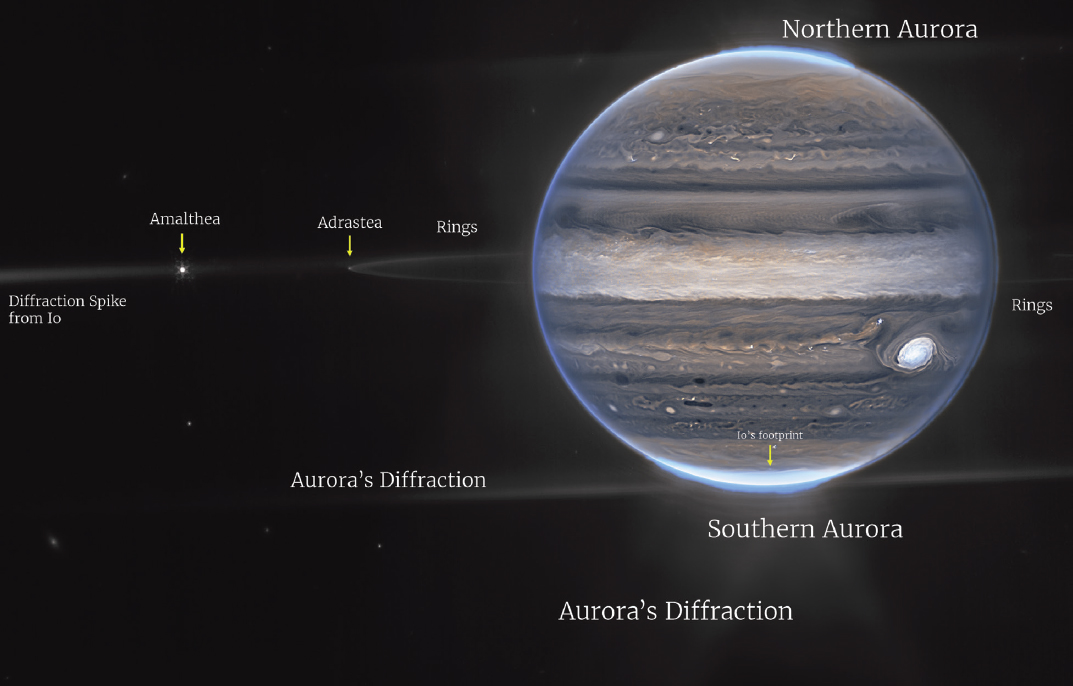
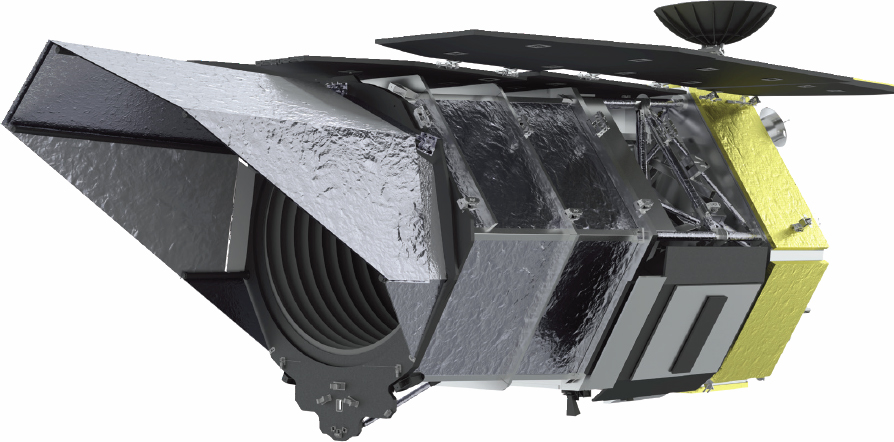
Other NASA Activities
Although spacecraft missions attract the most attention, other activities—for example, research and analysis programs, deep space communications systems, and laboratory and sample curation facilities—are essential for addressing NASA’s long-term goals in planetary science and astrobiology.
RESEARCH AND ANALYSIS PROGRAMS
Spacecraft return raw data, not new understanding. Converting data to new understanding requires the work of thousands of researchers in universities, research institutes, and government laboratories (Figure 10). Such research and analysis activities not only extract the maximum scientific return for individual missions but also develop new hypotheses, create the scientific foundations for future exploration activities, support laboratory studies, build theoretical models, undertake geologic mapping, and train the next generation workforce. PSD supports such work via a multiplicity of small research and analysis grants awarded via competitive processes. Open competition drives innovation, enables rapid response to new discoveries, and attracts new and increasingly diverse investigators.
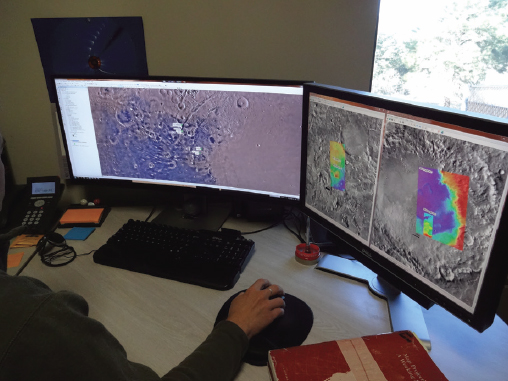
DEEP SPACE COMMUNICATIONS
The Deep Space Network (DSN) is a critical element of NASA’s solar system exploration program because it is the only asset available to communicate with deep space missions. The DSN provides nearly continuous, all-sky coverage via ground stations in Goldstone, California; Madrid, Spain; and Canberra, Australia (Figure 11). Each station has one 70-meter radio antenna and at least three more modern 34-meter antennas. In addition, the 70-meter antenna at Goldstone is equipped with a 500 kW transmitter enabling it to perform radar observations of bodies as distant as Saturn. Radar astronomy is particularly important for the study of near-Earth asteroids. Goldstone’s radar capabilities are now unique following the collapse of the more powerful facility at Arecibo Observatory.
Despite aging infrastructure, the system performs extraordinarily well and provides uplink and downlink for more than three dozen spacecraft, including Voyager 1 and Voyager 2, which are currently more than 20 billion km from Earth.
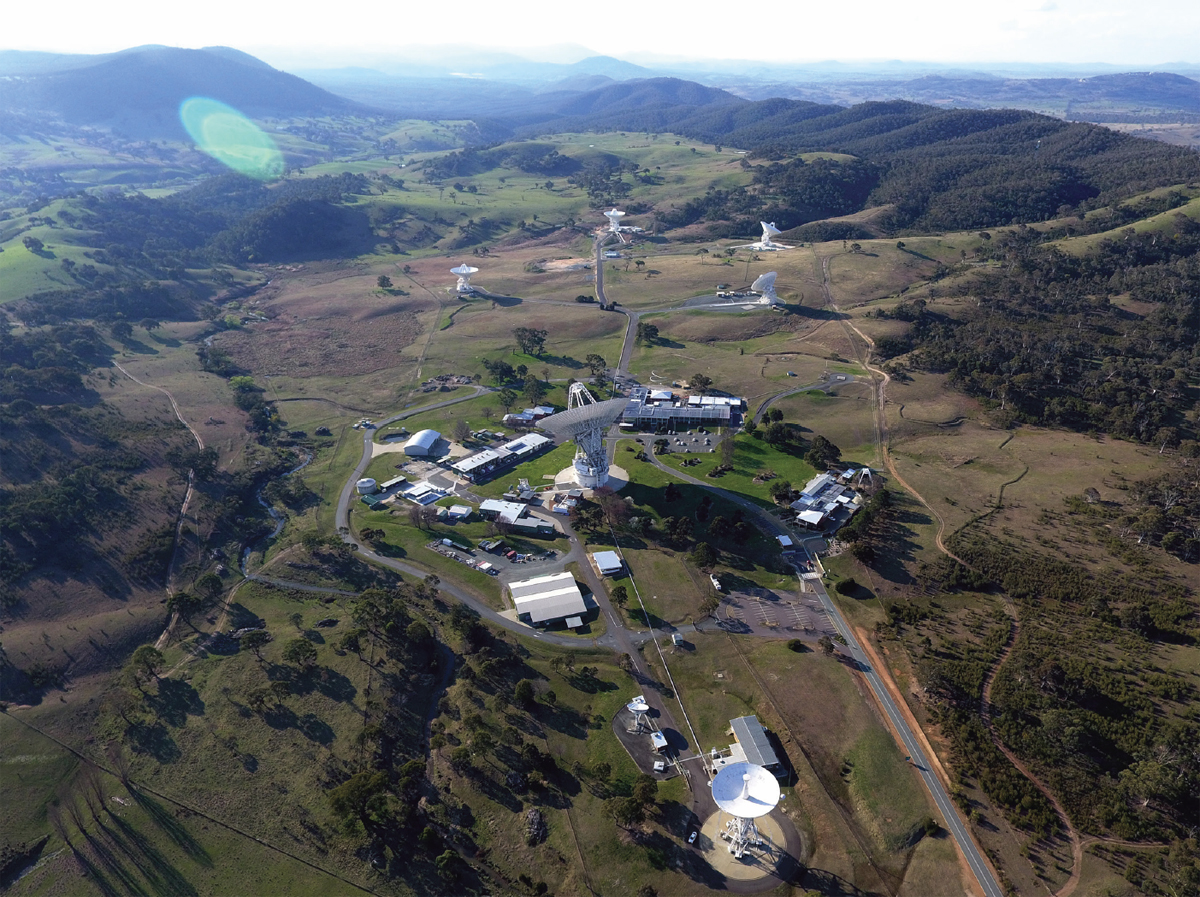
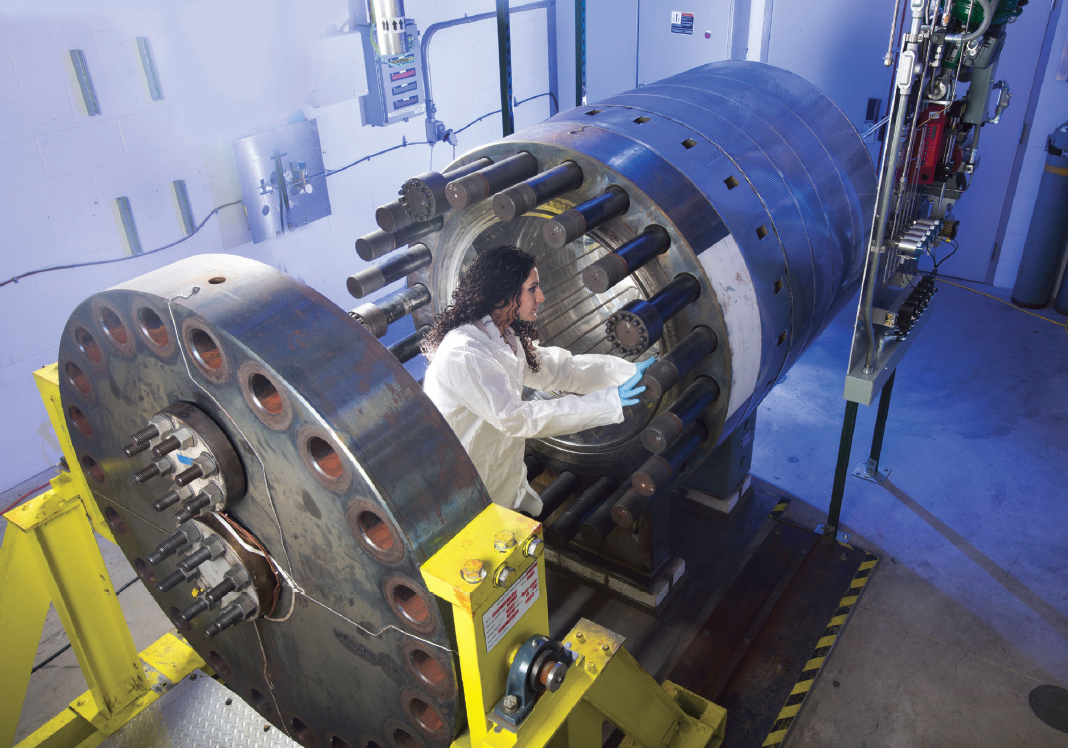
LABORATORY FACILITIES AND SAMPLE CURATION
Laboratory facilities for a host of uses are an important component of the research enterprise. NASA maintains facilities for the simulation of cosmic impacts; for studies of the properties gases, ices, and other materials at the temperatures and pressures found on planetary bodies (Figure 12); and for the study of astromaterials.
Astromaterials—for example, meteorites, cosmic dust collected by special high-altitude aircraft, or samples returned to Earth by spacecraft—are especially precious and need to be carefully curated so that they are not contaminated by terrestrial materials. Samples returned to Earth from the Moon, asteroids, and comets are classified as being of “Unrestricted Earth Return” because they do not pose a biological hazard to Earth’s biosphere. However, samples returned from Mars and bodies that might potentially harbor life—for example, Europa, and Enceladus—are classified as “Restricted Earth Return” and must be strictly contained until any potential biological hazard has been thoroughly assessed. Planning for a facility to house martian samples under strict containment is currently under way.








